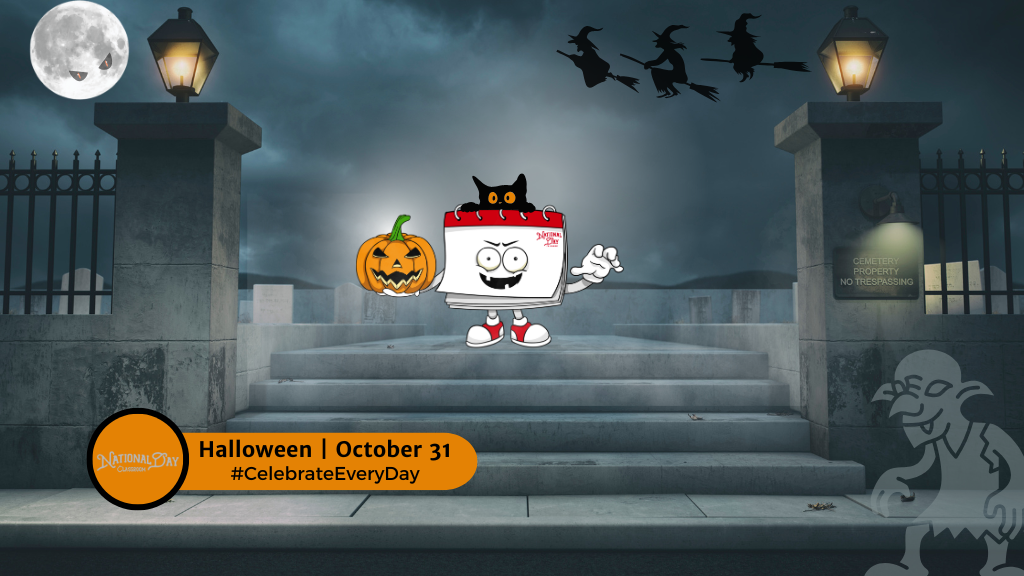
🧪 Spooky Science & STEM
These activities are fantastic for hands-on learning and demonstrating scientific concepts:
- Pumpkin Volcano: The classic baking soda and vinegar reaction, but inside a hollowed-out pumpkin. Add a few drops of food coloring for a “spooky” foam explosion. This teaches about acids and bases and chemical reactions.
- “Frankenworms” (Dancing Gummy Worms): Soak gummy worms in a baking soda and water solution, then drop them into vinegar. The reaction creates carbon dioxide bubbles that attach to the worms, making them “dance” or wiggle—a fun way to explore chemistry and density.
- Glow-in-the-Dark Slime: Make a batch of slime (using glue and a borax or liquid starch solution) and add glow-in-the-dark paint or powder. This is a messy but exciting lesson on polymers and states of matter.
- Haunted Hand Melt: Freeze a rubber glove filled with colored water. Once frozen, peel off the glove and let students observe the “hand” melting with a sprinkle of salt. This demonstrates how salt affects the melting point of ice.
✍️ Eerie English Language Arts (ELA)
Use Halloween themes to encourage creative writing and literary analysis:
- Twisted Fairy Tales: Challenge students to rewrite a classic fairy tale (like Cinderella or Little Red Riding Hood) with a spooky twist. What if the prince was a vampire, or the big bad wolf was a zombie? This works on narrative structure and character development.
- “Ghost Writing” Story Chain: Start a spooky story on the board or a piece of paper with one sentence. Have students pass the story around the room, each adding one sentence to continue the plot. The end result is a chaotic and fun collaborative short story.
- Sensory Poem: Have students write a poem about a haunted house, a spooky forest, or a graveyard, focusing heavily on sensory details (what they would see, hear, smell, feel, and taste). This sharpens their descriptive writing skills.
- “Unanswered Questions” Analysis: Read a short, eerie poem (like Walter de la Mare’s “The Listeners”) or a classic horror short story (like Edgar Allan Poe’s work for older students). Have them analyze the text, focusing on the mysteries and unanswered questions the author leaves the reader with.
📐 Mysterious Math & History
Incorporate pumpkins and Halloween history into your lessons:
- Pumpkin Math Investigation: Use real pumpkins for hands-on math. Students can measure the circumference, height, and weight, estimate and then count the number of seeds inside, or calculate the area of the pumpkin “face” they plan to carve.
- History of Halloween: Teach a lesson about the holiday’s origins, tracing it from the ancient Celtic festival of Samhain to its modern traditions. Discuss how other cultures celebrate similar festivals, like Día de los Muertos.
- Haunted House Geometry: For older students, challenge them to design a haunted house blueprint. They must use specific geometric shapes, calculate area and perimeter for different rooms, and adhere to a “budget” for building materials.